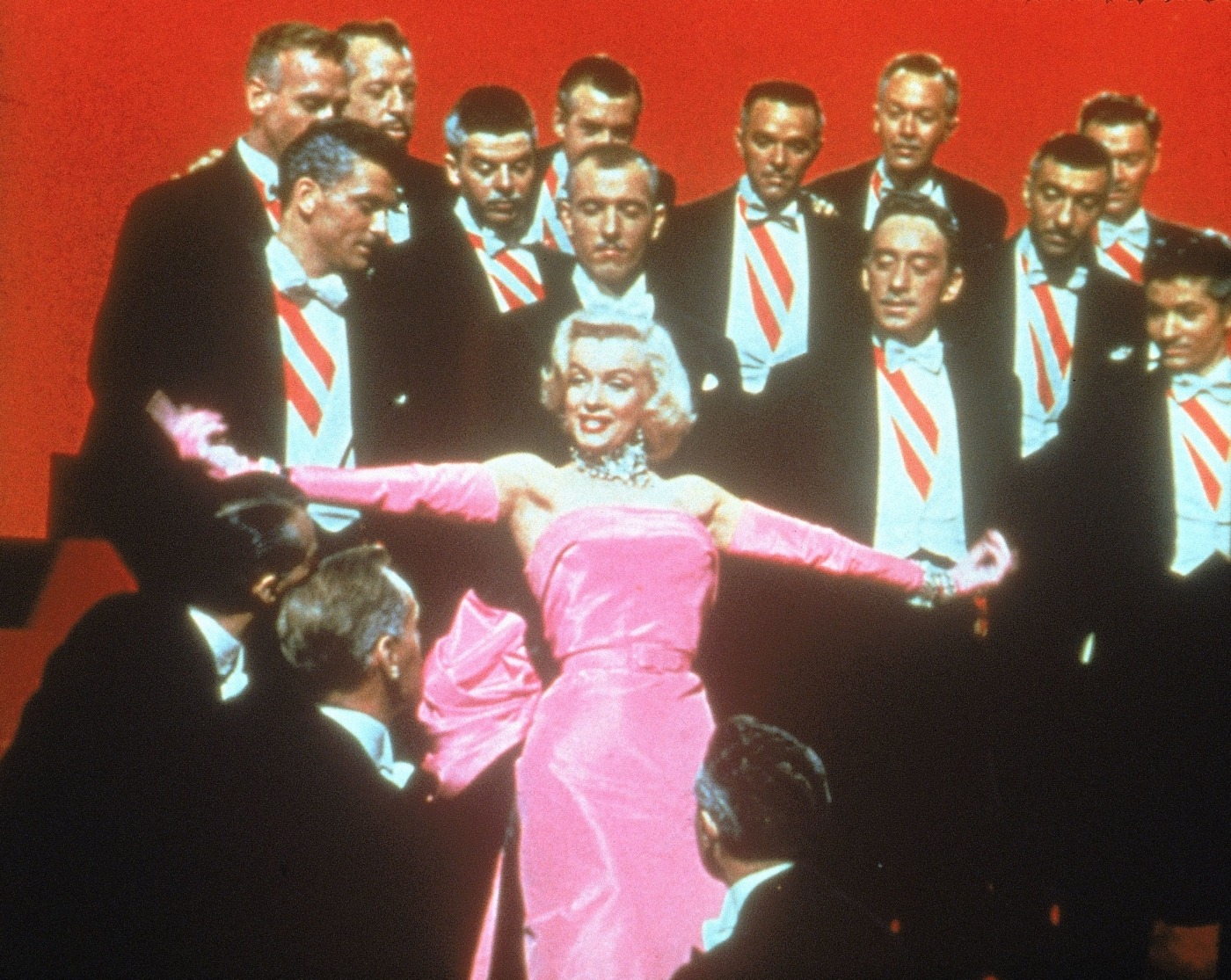Marilyn Monroe in the movies
“I wanna be loved by you…nobody else but you” – sings Marilyn Monroe in the 50-year-old classic, Some Like It Hot. The song could not have been more suited to her, she who wanted to be loved for herself just by one man, and instead was loved for her image by all. She influenced American society throughout her short career and this does not cease after her tragic death. How did the person, an ordinary woman, Norma Jeane Mortenson, became The Face, The Body, The Voice, “The” Marilyn Monroe? Was she a woman too perfect and feminine to exist in the world, dominated by men and their desires?
Nevertheless the star she became was created by the American public, which saw their own fantasies and dreams projected onto her
Marilyn has always been, first and foremost, the symbol of objectification that is so often linked to the film industry in general and to Hollywood in particular. Nobody can claim she did not want to be a star, there was nothing she wanted more as a little girl, growing up in foster care, so far from the glitz and glam. “I used to think as I looked at the Hollywood night” – said Monroe – “there must be thousands of girls sitting alone like me, dreaming of becoming a movie star. But I’m not going to worry about them. I’m dreaming the hardest”. Nevertheless the star she became was created by the American public, which saw their own fantasies and dreams projected onto her.
Despite the shortness of her career, Marilyn Monroe managed to make numerous movies that are considered cinematic classics today. After modelling in Hollywood, she started out as an actress in small parts in less-known pictures. In 1948 she got a more significant role and sang two singles in The Ladies of the Chorus. However only the fifties brought the success, fame, and stardom she so longed for. In 1950, in the critically acclaimed movie, All About Eve, she charmed audiences in her small role as the rather simple but very pretty young actress. In 1953 she appeared in five movies, including Niagara, Gentlemen Prefer Blondes and How to Marry a Millionaire. In the first she showed her darker, less innocent side as the loose and flirty ‘Rose Loomis’, who plans to murder her husband so that she can be with her lover. In the latter two hits she won the public’s love in the roles of extremely pretty but naïve young women.
from this point onwards there seem to be no other role for her than the blonde, childishly innocent but extremely sexy young seducer
When her famous nude calendar came out in ‘Playboy’ magazine in the same year, the public’s love turned into obsession. She became a sex-symbol, and from this point onwards there seem to be no other role for her than the blonde, childishly innocent but extremely sexy young seducer. The character’s nature is probably best presented in the famous “subway breeze-scene” in The Seven Year Itch(1955). After the first rush of success and the overwhelming measure of fame she began to realize it is not enough for her, she wanted to be acknowledged as a serious actress. She went into psychoanalysis in 1955 to learn more about herself and the methods of acting. Critics praised her performance in Bus Stop the next year but she could never win them over completely with anything but her sexual charm.
In the second half of the 1950s her drug and alcohol problems became more and more serious, she was constantly late from shooting and when she turned up she forgot her lines. She drove directors and co-workers crazy with her unreliability and still they could not let go of her. That was because the rare times Marilyn got things right, nothing else mattered on the screen. Her greatest success is probably Some Like It Hot from 1959. After that she only made one hit, The Misfits, which was written by her then husband Arthur Miller. In 1962 her alcohol and drug problems affected her work so much that she got fired from George Cukor’s Something’s Got to Give and soon after that she committed suicide.
Marilyn’s success is directly connected to America’s love for the “Cinderella story”. The public loved the innocent, pretty girl who came from nothing and not only made it in the glamorous Hollywood but became its brightest star. And Marilyn accepted the people’s love, cuddled up in it to escape her personal loneliness. She once said, “I knew I belonged to the public and to the world, not because I was talented or even beautiful, but because I never had belonged to anything or anyone else”.

Comments